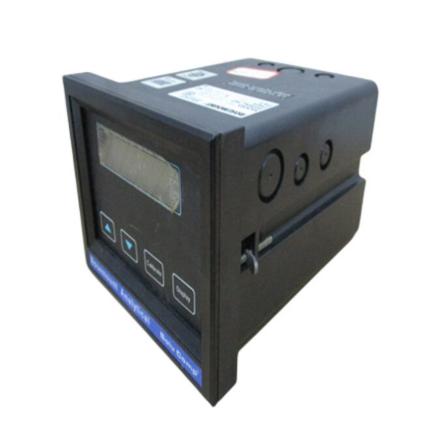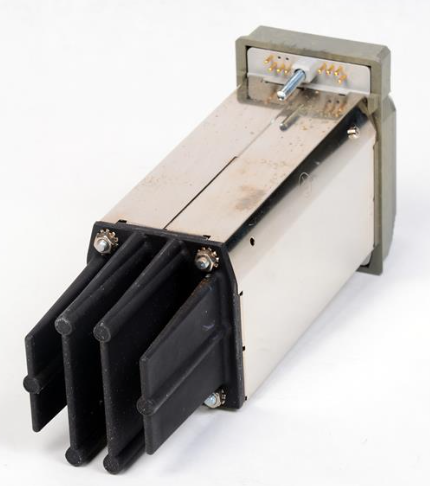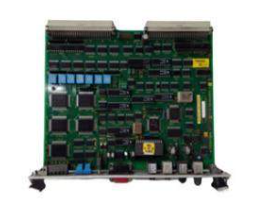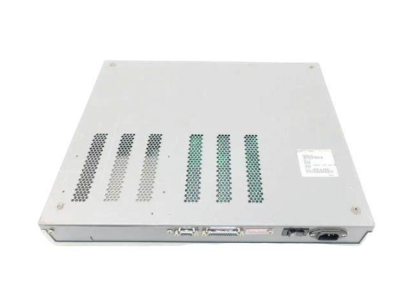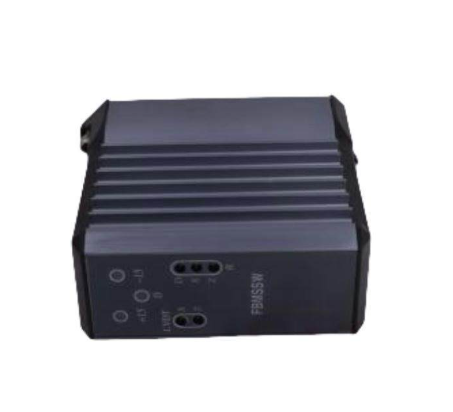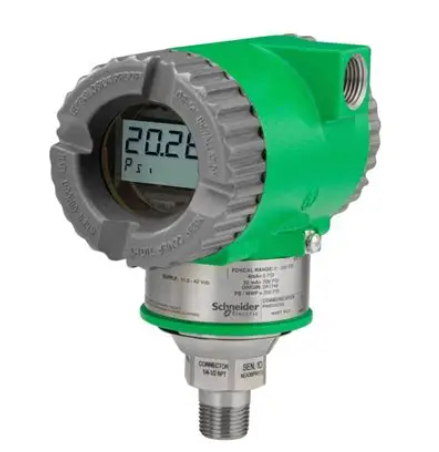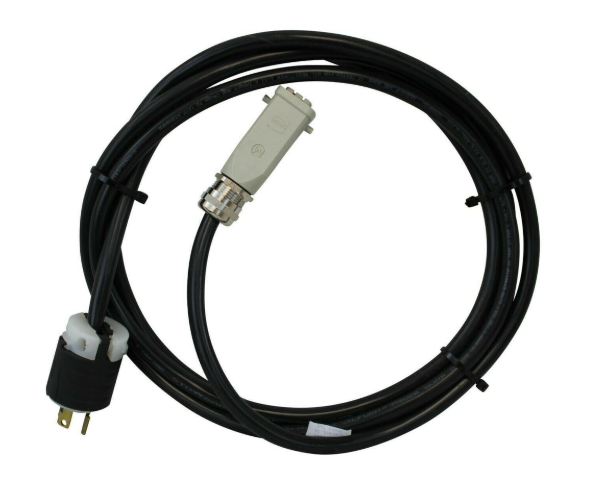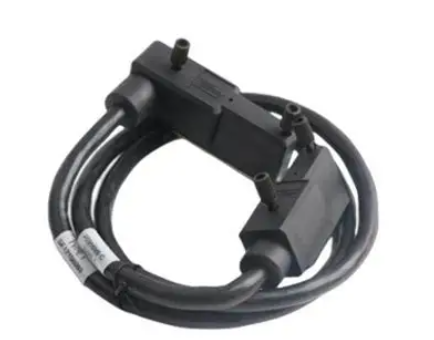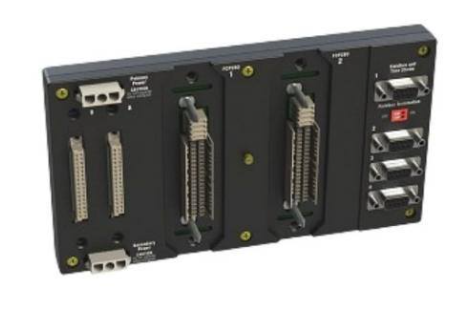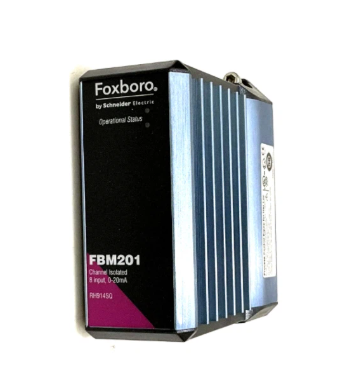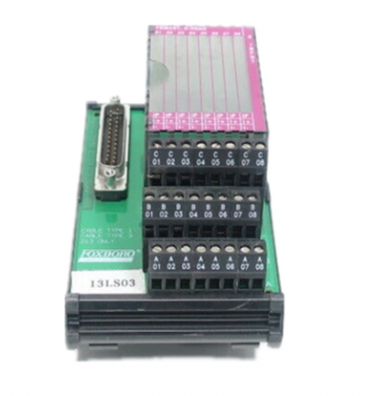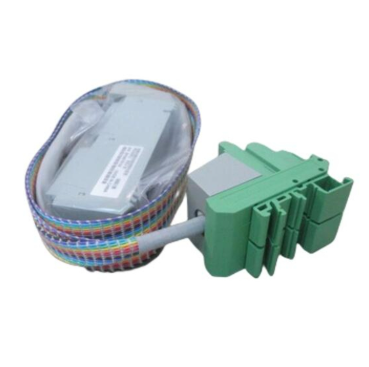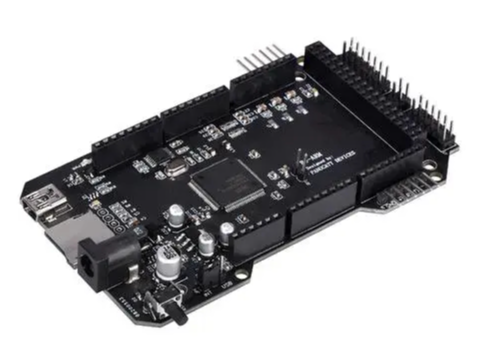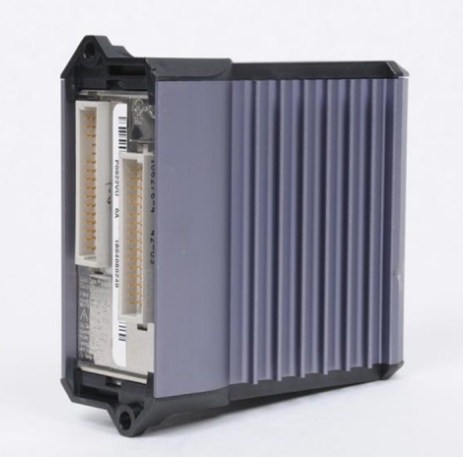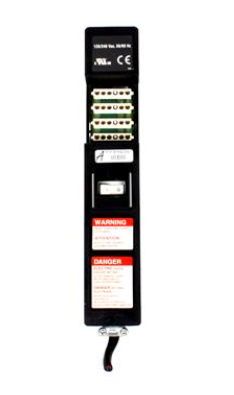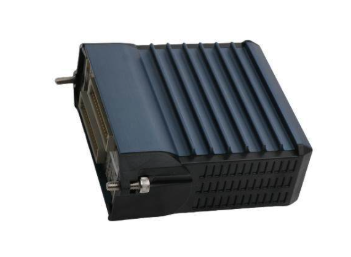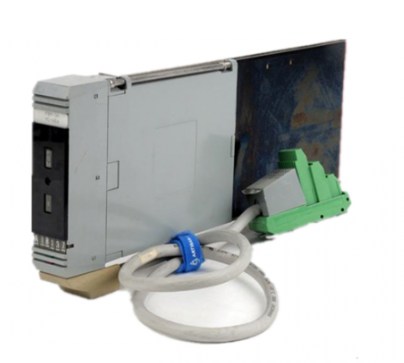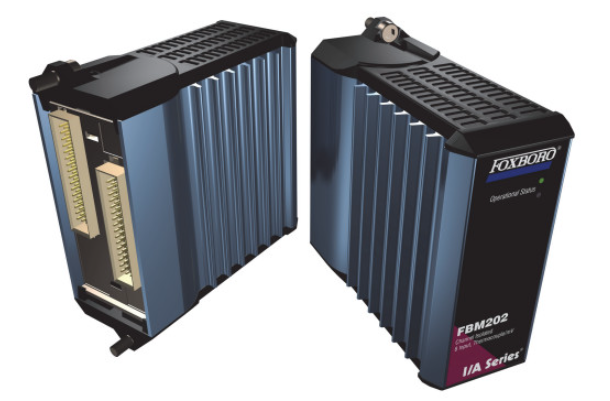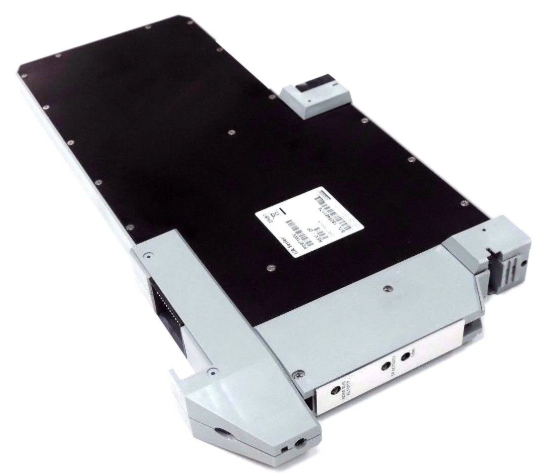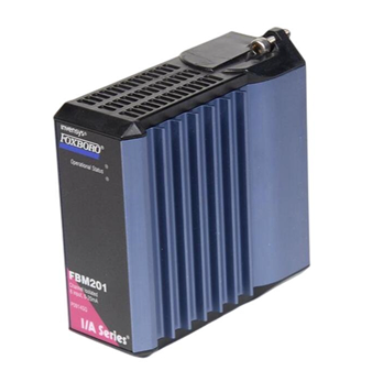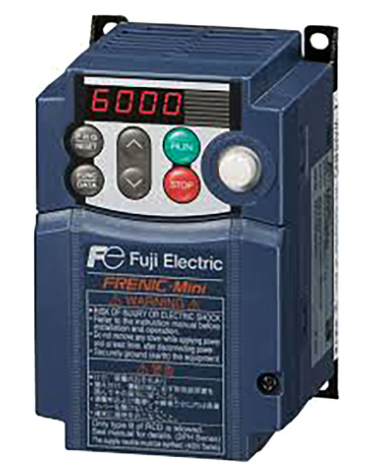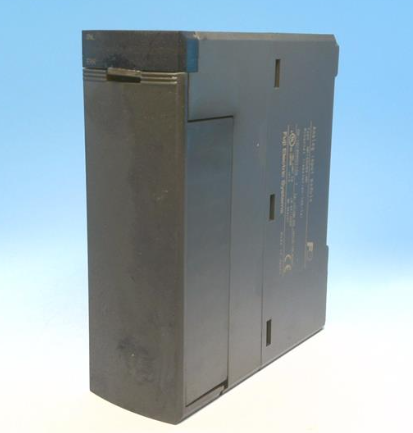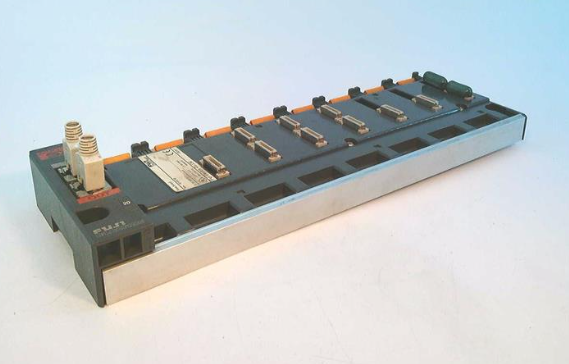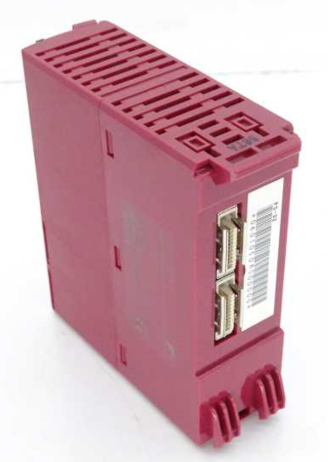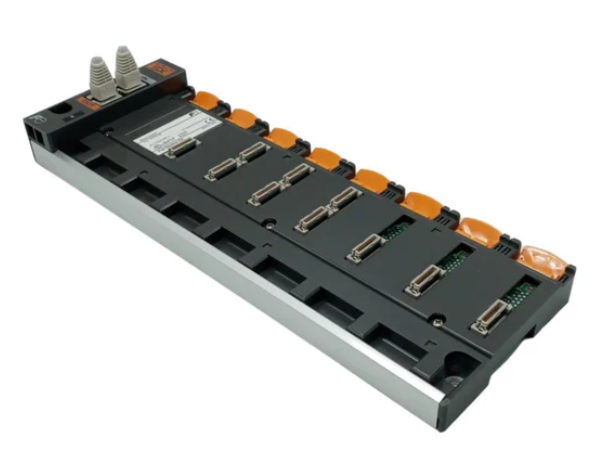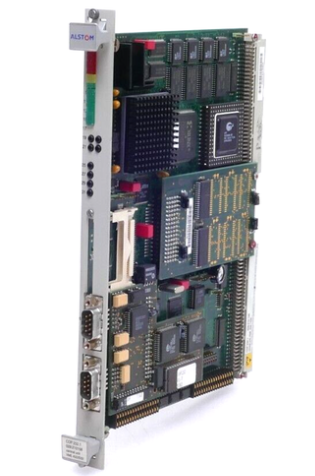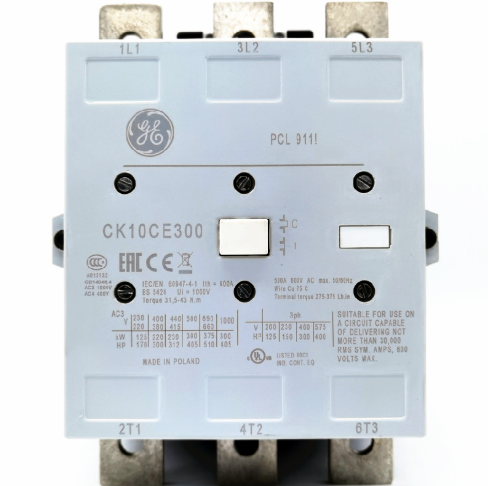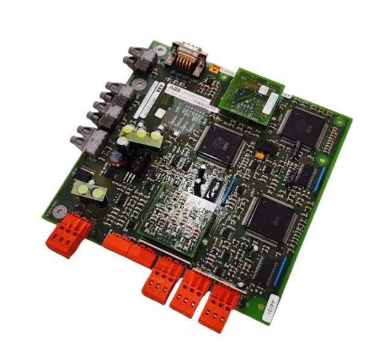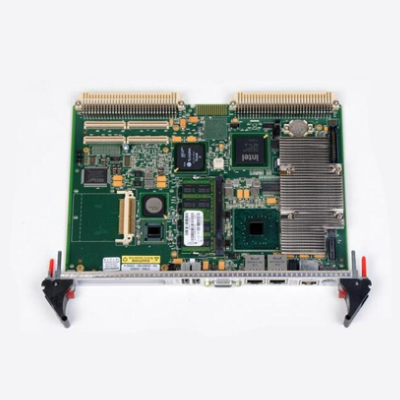Straw on thin ice, turning point on the horizon
Review 2022
1, the supply side has the right to strong bargaining
Downstream in the pulp and paper industry chain, the overall bargaining power is weak. Traders or finished paper manufacturers can not pass the weak price in the domestic market to the upstream external quotation. In late April this year, the price of coniferous pulp rose significantly, and the exchange rate of the US dollar against the renminbi rose in September. Traders of coniferous pulp import profits from April began to hang upside down, broadleaf pulp import profits from June began to hang upside down, the market price of the domestic pulp market did not rise in the same proportion, downstream profit compression.
Paper mills cannot feed back weak demand for paper products upstream. Since the middle of November this year, the double adhesive paper has a positive price increase of 4.68%, and the output of double adhesive paper only accounts for 12.46% of the finished paper. Prices of other paper products were flat or slightly down. In the same period, coniferous pulp ushered in a wave of rising market, coniferous pulp rose from 7257 yuan/ton to 7621 yuan/ton, an increase of 5%. Therefore, most of the paper gross profit margin is negative, even the head of enterprises are facing the pressure of profit margin decline.
The lack of bargaining power also lays the foundation for the basis regression logic into the delivery month. The base difference of coniferous pulp has been an extreme situation of about 800 yuan/ton, but near the delivery month, the futures price quickly returned to the spot price, and the spot price was basically stable.
2, the transaction is the shock event expectations of the supply and demand sides, rather than the actual gradual change of variables
European benchmark gas futures prices surged as much as 35 per cent on September 2 after Russia announced it would shut down the Nord Stream 1 pipeline, which supplies gas to Europe, indefinitely. The geopolitical uptick sent European spot gas prices soaring 9 per cent. During the same period, the price of Northern bleached cork kraft paper (NBSK) pulp on the Norwegian Pulp and Paper Exchange increased by 18% this year.
On November 20, local time in the United States, the American Railroad Workers Union decided to reject the provisional agreement and began a strike. The strike ended on December 1, when the House of Representatives, the Senate, and President Biden each signed legislation making the strike illegal. Within 10 days, the main pulp contract rose from 6898 yuan/ton to 7200 yuan/ton, an increase of 4.37%.

In terms of pure expected transactions, these two major supply chain disruptions are expected to bring about an increase in energy costs and transportation costs on the supply side, thus leading to an increase in the price of pulp futures. However, the subsequent decline in WTI prices did not reflect the decline in pulp prices brought about by the contraction of the cost side as scheduled; From the long-term trend, pulp prices do not rise steadily with the labor compensation index. The depth of market trading has covered gradient variables, roller coaster changes trading for sudden shortages.
2023 Outlook: Deterministic production, uncertain disturbance
1. Definite production
Pulp 2023 capacity is determined from expected production, expected production and production reduction in line with the overall supply easing expectations.
Overseas pulp plant projects are also expected to usher in production in 2023. UPM's Uruguay project, for example, began collecting timber in mid-December and is expected to begin production in early 2023. The total pulp is expected to be put into production of 10.617,800 tons, excluding 1.7 million tons of bleached sulfate pulp due to conversion or permanent shutdown, 2023 is still expected to have 8.917,800 tons of new capacity.
In November 2022, China produced a total of 5.559 million tons of white cardboard, whiteboard paper, double copper paper, double adhesive paper and household paper. According to the existing project production plan, the main source of new production capacity is 2.82 million tons of cultural paper, 4.7 million tons of white cardstock, and a small amount of household paper 830,000 tons, accounting for 33.77%, 56.28% and 9.7% of the new production in 2023, respectively. The increase in pulp consumption mainly comes from the production of cultural paper and white cardboard. The distribution of paper varieties is similar to the trend of industrial capacity increment in the past 10 years. In 2023, according to the company's announcement, at least 8.53 million tons of new paper mill capacity will enter the market.
If only the upper limit of new capacity is considered, the new capacity of world pulp is basically the same as that of China's new paper capacity. However, we cannot therefore deduce that 2023 supply and demand must be significantly biased towards the direction of supply tightening, and conclude that 2023 pulp will reach a historic high. If we take into account other disturbing factors, we may even come to the opposite conclusion directly. The new pulp and paper mill capacity only shows that the pulp consumption side has a stronger ability to cope with sudden demand shocks.
2. Demand-side uncertainty: recovery and trade flow direction
1) Whether consumption will pick up is a question
Paper products consumption has a strong correlation with social retail sales. China is a net exporter of paper products, but taking wood pulp paper as an example, the export proportion is less than 5% of the output. The downstream products of pulp are mainly consumed at home. The demand for downstream paper products is related to consumption, wood pulp household paper is directly related to consumption, and packaging paper is often associated with retail entrainment consumption. From the historical data, the apparent consumption of paper products is basically consistent with the trend of social retail and commodity retail in social retail.
But China's willingness to consume is weakening. The total retail sales of consumer goods in November was 3,861.5 billion yuan, down 5.9 percent year-on-year. The decline was 5.4 percentage points higher than the previous month. Retail sales of goods were 3.418 billion yuan, down 5.58% year-on-year. The decline in retail consumption reflects pessimistic expectations about the future in the context of slowing economic growth, and may therefore be more willing to save rather than spend today. Since June this year, the consumer confidence index has been in a downward state, and pessimism about employment and income has led to pessimism in the consumer willingness index, which is bearish. For the full year 2023, Goldman Sachs forecasts that China's economic growth will be about 4.5%, lower than last year's forecast for the full year 2022 economic growth. According to wind's consistent forecast, social consumption needs to recover to the level of around October 2022 by June 2023, so the consumption of paper products in the first half of 2023 May be lower than the consumption in the same period in 2022.
2) The difference in economic growth may lead to a shift in trade flows
The price of pulp in Europe is higher than that in China. In November 2022, the price of needle/Nordic coniferous pulp in the European market was 1420-1450 US dollars/ton, down 20-30 US dollars/ton compared to the previous month, and up 160-190 US dollars/ton compared to November 2021. The price of coniferous pulp in China is basically 930-970 US dollars/ton. Excluding Russian needles that cannot be sent to Europe, the price of pulp in China is still lower than that in Europe. Pulp trade resumes after shipping repairs in 2022, starting with Europe where prices are higher. The reason for the high price of pulp in China is that it is led by the demand of Europe and the United States, and the spot is tight.

However, the poor economic growth rate may cause more global commodity pulp to flow to China, and it is likely to continue. In the third quarter of 2022, China's GDP grew 3.9 percent quarter-on-quarter, compared with 1.42 percent in the United States and 1.9 percent in Europe. In the same period, the share of pulp shipped to China in all world shipments increased by about 1.5% to 30.89%, while Western Europe decreased by 0.75% to 14.16%. Goldman Sachs forecasts that in 2023 the disparity will remain, with GDP growth of 1.1% in the United States, 4.5% in the European Union and 4.5% in China. Although China's economic growth will slow down in 2023, it will still be higher than Europe and the United States. Therefore, the trend of the trade flow of pulp to our country or will still be maintained.
It is worth noting that the shift in trade flows does not equate to more pulp entering the country, nor does it necessarily mean that domestic pulp import prices are expected to fall sharply. World pulp shipments in October 2022 fell by 14.13% month-on-month and 6.29% year-on-year, so the total volume did not rise while the proportion rose.
3) Epidemic: impact on consumption also impact on production
There is a lag in the impact of the epidemic on the demand of paper mills. The epidemic has disturbed production, and the industrial added value in November was + 2.2% year-on-year, the growth rate was lower than that in October. Paper mills are the direct demand end of pulp. Before the outbreak, factories used closed-loop management to ensure production. Factories in Southeast Asia and other countries that experienced the impact of the epidemic earlier than China, as the number of social infections rose, closed-loop management could not guarantee the complete isolation of factory staff, so the number of infections in the factory rose, until the production mode of two or three shifts was difficult to maintain, and the factory cut production or shut down.
The impact of the epidemic also has an impact on downstream consumption willingness. From the previous new data and consumption in Hong Kong, China, the surge in the number of new people in a short period of time will bring about a decline in retail consumption in the month, including books and newspapers. About 4-5 months after the decline in new infections, the consumption level before the dramatic increase will return.
3, supply side uncertainty: maintenance
The expected landing is subject to other factors in 2023. The multiple delays in the Aruaco MAPA project and the eventual cancellation of the Finpulp project illustrate the uncertainty inherent in commissioning. In October 2022, the European economic downturn and the Federal Reserve's interest rate hike inhibited demand, the global pulp shipping volume decreased, the capacity utilization rate decreased, and the global bleaching needle pulp was destocked, and the global inventory fell 0.56 days from the previous month, and the year-on-year decline was 2.11 days to 41.19 days. Therefore, we cannot assume that after the new production capacity is landed, the opening probability of the pulp plant will still maintain the level of 80%-95% this year.
Supply-side disruptions also come from the expected re-entry of equipment from unscheduled maintenance. In addition, the average age of commercial coniferous pulp plants is higher worldwide. This situation will lead to more unplanned shutdowns for technical reasons worldwide. As of Q3 2022, the global output of bleached needle pulp affected by the unplanned shutdown was 117,000 tons, and the bleached pulp was 230,000 tons. In addition, Q4 Canadian Moon troubleshooting, affected by 34,000 tons of pulp month. High unplanned maintenance in Q3 2022 affects production, always in addition to new capacity, bringing the possibility of supply recovery.
Straw on thin ice, inflection point on the horizon - Annual Pulp Report 2022
4, supply and demand double-edged sword: the Fed rate hike
The Federal Reserve continues to raise interest rates, and the cooling of the real estate market, along with the cooling of the furniture market, may continue. The number of new home sales in the United States has begun to fall, while the number of new homes for sale has accumulated. It means that the real estate market has been hit by the interest rate shock, and the impact has been transmitted to the final consumer and the final sales. Weakening demand for larger timber may cause sawmills to cut back on production, and hence the supply of "scrap" pulp chips. This has led to an opposite trend in the price of the sawmill's main product and the price of scrap wood chips. As a by-product of pulp material may be reduced.
The Federal Reserve's December 15, 2022 federal interest rate target of 4.5% continues the Fed's rate hike cycle. From the price data reflected in 2022, the double-edged sword of the Federal Reserve's interest rate hike has cut more sharply to the pulp production end. But it remains to be seen whether subsequent rate hikes will have such a strong marginal effect.

5. Summary
According to this forecast peak time, then the recovery of consumption including paper products is likely to start in February or March. Without considering the urban-rural peak difference and the imbalance between the national regions, it is possible to recover to the level of November 2022 in Q2 2023 with reference to the experience of Hong Kong, China.
Before the completion of the repair, the new pulp and paper production capacity is difficult to become a constraint on both the supply and demand sides, and the impact of the new production capacity is more reflected in the opening probability, rather than directly affecting the market. Weaker demand increases the likelihood of looser supply. It is worth noting that the repair to the similar level in November 2022 does not mean that the market of 2022Q4 can be replicated, because European and American demand or lose the ability to pull, and trade flow to. Lower than the certainty of economic repair is the operating rate of pulp and paper mills, active and passive downtime, joint price increases, etc., may become obvious after the situation is still existing game points.
Thinking: Expectations versus Reversals, How do we find yaw?
This year's reversal of expectations for conflict comes in the wake of a failed rail strike in North America and less energy scarcity in Europe. In the current situation of lagging economic indicators, are there any observable indicators that can avoid the emergence of an expected reversal?
The North American rail strike, which began in September, reached a provisional agreement, denied the provisional agreement, prepared for the strike, and then the strike was ruled illegal, and the actual strike did not occur. But fluctuations in response to the strike continued. Europe's gas crisis began with the conflict between Russia and Ukraine, ended with the failure of the Nord Stream pipeline to supply gas to Europe, and ended with Germany's agreement with Saudi Arabia, accompanied by other energy sources in the middle. The European gas crisis has not caused pulp mills to shut down for long. Is there an observable indicator of the expected reversal?
If our expectations are derived from the "backward history - induction" paradigm, does it mean that if we observe factors that are abnormal from history, abnormal from deductive results, and there are enough influential factors, it means that there is a possibility of reversal of our expectations based on experience?
Applying this idea to both sets of events, the historical anomaly is the attitude of the government. The three unusual indicators of strike negotiations in the United States are 1) presidential and congressional interference; 2) A shift from the traditionally more pro-union Democratic Party; 3) Opposition from other trade unions. These three unusual indicators may indicate a change in the consensus attitude of the United States from government to civilian - the government's perspective: strikes disrupt the normal order of negotiations.
- EMERSON
- Honeywell
- CTI
- Rolls-Royce
- General Electric
- Woodward
- Yaskawa
- xYCOM
- Motorola
- Siemens
- Rockwell
- ABB
- B&R
- HIMA
- Construction site
- electricity
- Automobile market
- PLC
- DCS
- Motor drivers
- VSD
- Implications
- cement
- CO2
- CEM
- methane
- Artificial intelligence
- Titanic
- Solar energy
- Hydrogen fuel cell
- Hydrogen and fuel cells
- Hydrogen and oxygen fuel cells
- tyre
- Chemical fiber
- dynamo
- corpuscle
- Pulp and paper
- printing
- fossil
- FANUC
- Food and beverage
- Life science
- Sewage treatment
- Personal care
- electricity
- boats
- infrastructure
- Automobile industry
- metallurgy
- Nuclear power generation
- Geothermal power generation
- Water and wastewater
- Infrastructure construction
- Mine hazard
- steel
- papermaking
- Natural gas industry
- Infrastructure construction
- Power and energy
- Rubber and plastic
- Renewable energy
- pharmacy
- mining
- Plastic industry
- Schneider
- Kongsberg
- NI
- Wind energy
- International petroleum
- International new energy network
- gas
- WATLOW
- ProSoft
- SEW
- wind
- ADVANCED
- Reliance
- YOKOGAWA
- TRICONEX
- FOXBORO
- METSO
- MAN
- Advantest
- ADVANCED
- ALSTOM
- Control Wave
- AB
- AMAT
- STUDER
- KONGSBERG
- MOTOROLA
- DANAHER MOTION
- Bently
- Galil
- EATON
- MOLEX
- Triconex
- DEIF
- B&W
- ZYGO
- Aerotech
- DANFOSS
- KOLLMORGEN
- Beijer
- Endress+Hauser
- MOOG
- KB
- Moxa
- Rexroth
- YAMAHA
- Johnson
- Westinghouse
- WAGO
- TOSHIBA
- TEKTRONIX


Email:wang@kongjiangauto.com






























